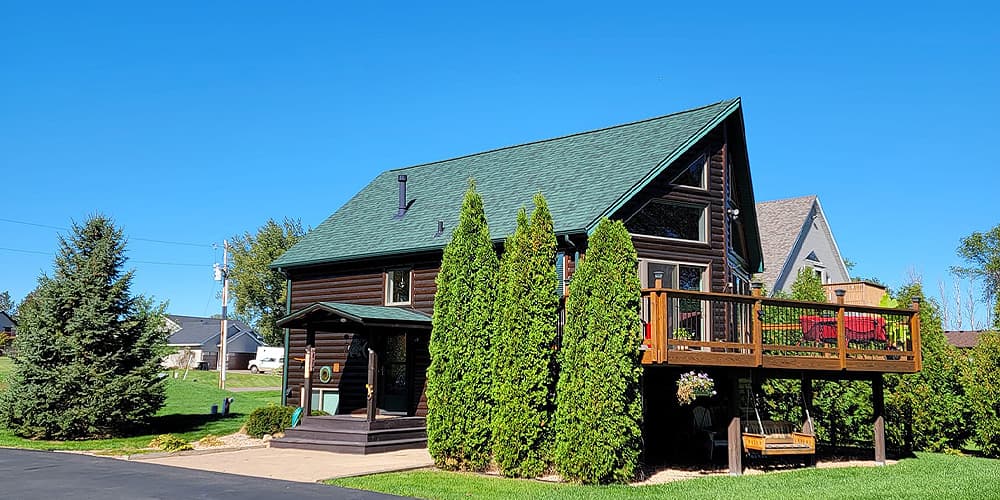Introduction
Welcome to our comprehensive guide on the process of installing a green roof. This article will take you through the step-by-step process of converting your conventional roof into a green paradise, and illuminate the numerous benefits that come along with it. A green roof, also known as a living roof, is a roof of a building that is partially or completely covered with vegetation and a growing medium, planted over a waterproofing membrane. It may also include additional layers such as a root barrier, drainage, and irrigation systems. Green roofs serve several purposes for a building, such as absorbing rainwater, providing insulation, creating a habitat for wildlife, and helping to lower urban air temperatures and combat the heat island effect.
The benefits of a green roof installation are numerous and significant. They help improve stormwater management by absorbing precipitation and reducing runoff. They can reduce energy costs by providing natural insulation and reducing the need for air conditioning. Green roofs also increase roof lifespan by providing a barrier against sun damage, and they can even increase property value by improving aesthetics. Additionally, green roofs promote biodiversity, providing habitats for various insects and birds. This can be particularly beneficial in urban areas, where green spaces are often limited.
Understanding the Basics of a Green Roof
Before delving into the installation process, it is crucial to understand what a green roof is and the different varieties available. Green roofs, also known as living roofs, are roofs partially or fully covered with vegetation.
Two Main Types of Green Roofs: Extensive and Intensive
They are classified into two main types: extensive and intensive. Extensive green roofs are lightweight with shallow soil depths (less than 6 inches), making them suitable for low to moderate load-bearing roofs. They typically support a variety of plants, grasses, and succulents. Intensive green roofs, on the other hand, have deeper soil (more than 6 inches) capable of supporting a wider range of plant species, including shrubs and trees. However, they are heavier and require stronger roof structures.
The Components of a Green Roof System
The components of a green roof system are fundamental to its success. A typical green roof consists of several layers, including a waterproof layer, root barrier, drainage system, filter cloth, a growing medium (soil), and finally, the plants. Each component plays a crucial role in the functionality of the green roof, ensuring water retention, plant health, and roof integrity.
Factors to Consider Before Installing Green Roofs
Not all buildings are suitable for green roofs. Several factors should be considered before installation. The structural integrity and load-bearing capacity of the building are paramount. The roof must be strong enough to support the additional weight of the soil, plants, and the accumulated water. Additionally, the slope of the roof is important; flat or low-slope roofs are more suitable for green roofs. Other key considerations include local building codes and regulations, climate, and access for maintenance. Buildings that meet these requirements are ideal candidates for green roof installation.
Planning and Designing a Green Roof
The first step in planning and designing a green roof is assessing the load-bearing capacity of the existing roof. This involves hiring a structural engineer to analyze the roof’s structure to determine if it can support the additional weight of a green roof. This assessment should include the weight of the plants, growing medium, water retention capacity, and any additional features such as benches or walkways. If the roof is not strong enough, you may need to reinforce it or choose a lighter design.
Choosing the Right Type of Green Roof
Next, it’s important to choose the right type of green roof based on your specific needs and the capacity of your roof. Extensive green roofs are lightweight and require less maintenance but have fewer plant options. Intensive green roofs are heavier, and require more maintenance, but offer greater biodiversity. There are also semi-intensive options that offer a balance between the two.
Designing for Drainage and Irrigation
Designing for drainage and irrigation is crucial to prevent waterlogging and to ensure the plants get enough water. A well-designed drainage system will allow excess water to flow away from the roof, preventing damage to the building. Irrigation systems, on the other hand, may be necessary depending on the type of plants selected and the local climate.
Select the Appropriate Plants for Your Green Roof and Planning Their Maintenance
The final part of the planning process involves selecting the appropriate plants for your green roof and planning their maintenance. The plants selected should be able to thrive in the roof’s particular environment – considering factors such as sunlight exposure, wind levels, and the local climate. Native plants are often a good choice as they are adapted to the local conditions. A maintenance plan should be established to ensure the plant’s health and the longevity of your green roof. This may include regular watering, weeding, and replacement of any plants that do not survive.
Installation Process of a Green Roof
Prepare the Existing Roof Structure
After successfully planning for your green roof, the next step involves preparing the existing roof structure. This is a crucial stage that ensures the roof can support the additional weight of the green roof. The current roof is inspected for any structural weaknesses or damages, and any necessary repairs are made. The surface is cleaned thoroughly to remove any debris that may interfere with the installation process.
The Installation of a Waterproofing and Root Resistance Layer
Following the preparation phase, the installation of a waterproofing and root resistance layer begins. This layer is typically made from a durable material like rubber or plastic, which prevents water leakage and restricts roots from penetrating the roof. It is crucial to ensure this layer is well-sealed around roof penetrations to prevent leaks.
Set up a Drainage System
The next step involves setting up a drainage system. The purpose of this system is to manage the flow of water to prevent it from pooling and causing damage. Ideally, the drainage system should direct excess water away from the roof and towards designated drainage points. This system often includes a filter layer to prevent fine particles from clogging the drains.
Lay the Growing Medium
Following the drainage setup, the process moves on to laying the growing medium. This medium, often composed of soil and compost, provides the necessary nutrients for the plants to thrive. The thickness of the layer depends on the type of plants chosen; drought-resistant plants may require a thinner layer, while more demanding plants may require a thicker one.
The Planting Process
Lastly, the green roof is brought to life through the planting process. The type of plants chosen during the planning phase are carefully laid out and planted in the growing medium. After planting, the green roof requires initial care and watering to help the plants establish themselves. Regular monitoring is necessary to identify any issues early and ensure the green roof thrives.
Maintaining a Green Roof
After installing your green roof, the journey does not stop there. The next critical step, often underestimated, is maintaining the green roof. This process involves several routine care tasks, irrigation, fertilization, and monitoring plant health.
Routine Care and Maintenance Tasks
Routine care and maintenance tasks are crucial for the survival and prosperity of your green roof. These tasks include removing dead plant material, controlling weeds, and inspecting the drainage system to ensure it is functioning properly. Regular maintenance will prevent waterlogging and ensure that the plants have a conducive environment to thrive.
Irrigation and Fertilization
Water and nutrients are essential for any living organism, and plants on a green roof are no exception. Irrigation and fertilization should be done regularly but moderately to avoid overwatering and nutrient overload, which could harm the plants. The frequency and amount of irrigation and fertilization will depend on the type of plants, the climate, and the season.
Monitoring Plant Health
Monitoring plant health is another crucial aspect of maintaining a green roof. This involves inspecting the plants for any signs of disease or pest infestation. If any plants are unhealthy or dead, they should be replaced immediately to prevent the spread of disease or pests to healthy plants. It’s also important to remember that the green roof is a living ecosystem, and it’s normal for plants to die off and new ones to take their place.
In conclusion, maintaining a green roof is just as important as installing it. It involves routine care, irrigation, fertilization, and monitoring of plant health. With proper maintenance, your green roof will not only be a beautiful addition to your building but also an effective tool for environmental sustainability.
Advantages and Potential Issues of Green Roofs
Reduces the Urban Heat Island Effect
The shift towards green roofs brings with it a myriad of benefits, both environmental and financial. Green roofs help in reducing the urban heat island effect by absorbing heat and acting as insulators for buildings, cutting the amount of energy needed for cooling and heating.
Improves Air Quality
They also improve air quality by filtering pollutants and carbon dioxide out of the air, which helps decrease the rate of diseases like asthma. Financially, while the initial cost of installing a green roof is higher than a traditional roof, the long-term cost savings are significant.
Reduced Energy Costs
Reduced energy costs, extended roof lifespan, and stormwater management are just a few areas where savings are realized. However, like any other construction project, green roofs come with their potential issues. Weight is a significant consideration, as green roofs are heavier than traditional ones. The building’s structure must be checked to ensure it can bear the extra weight.
Water Leakage
Another common problem is water leakage, which can be managed by installing a high-quality waterproof membrane. Maintenance, as discussed in the previous section, is also a key aspect of green roofs. While generally low-maintenance, they require regular attention to keep the plants healthy and thriving.
In conclusion, while the installation and maintenance of green roofs may pose some challenges, the advantages they offer make them a worthwhile investment. With careful planning and regular maintenance, they can serve as a model for sustainable urban living.
Conclusion
In conclusion, the process of installing a green roof requires careful planning, structural assessment, and proper waterproofing. It begins with an evaluation of the existing roof structure to ensure it can accommodate the additional weight of a green roof. This is followed by the installation of a waterproofing membrane to prevent potential water leakage. Next comes the installation of root barriers, drainage layers, and finally, the planting of chosen vegetation. It’s a complex process, but the benefits of green roofs make it worthwhile.
Green roofs offer numerous benefits that go beyond the aesthetic appeal. They reduce energy consumption by providing natural insulation, improve air quality by filtering pollutants, and offer long-term cost savings by extending the roof’s lifespan. Additionally, they contribute to biodiversity by creating habitats for various species and help in mitigating the urban heat island effect.
Name, Address, and Phone
Kinmount Exteriors LLC
40545 Blackfoot St NW, Braham, Minnesota, 55006, US
320-335-7753
Social Media’s
https://facebook.com/people/Kinmount-Exteriors/100083301042946/


